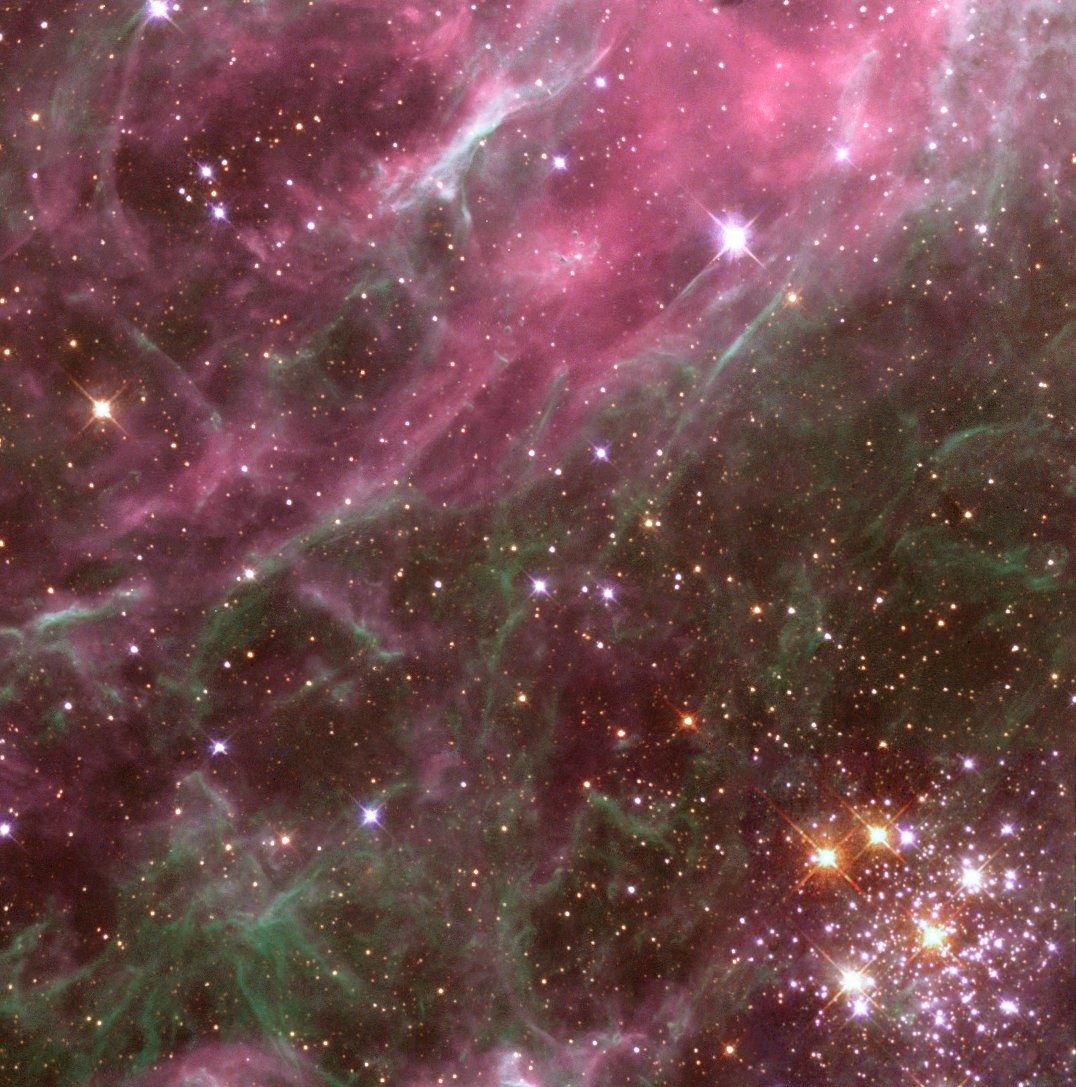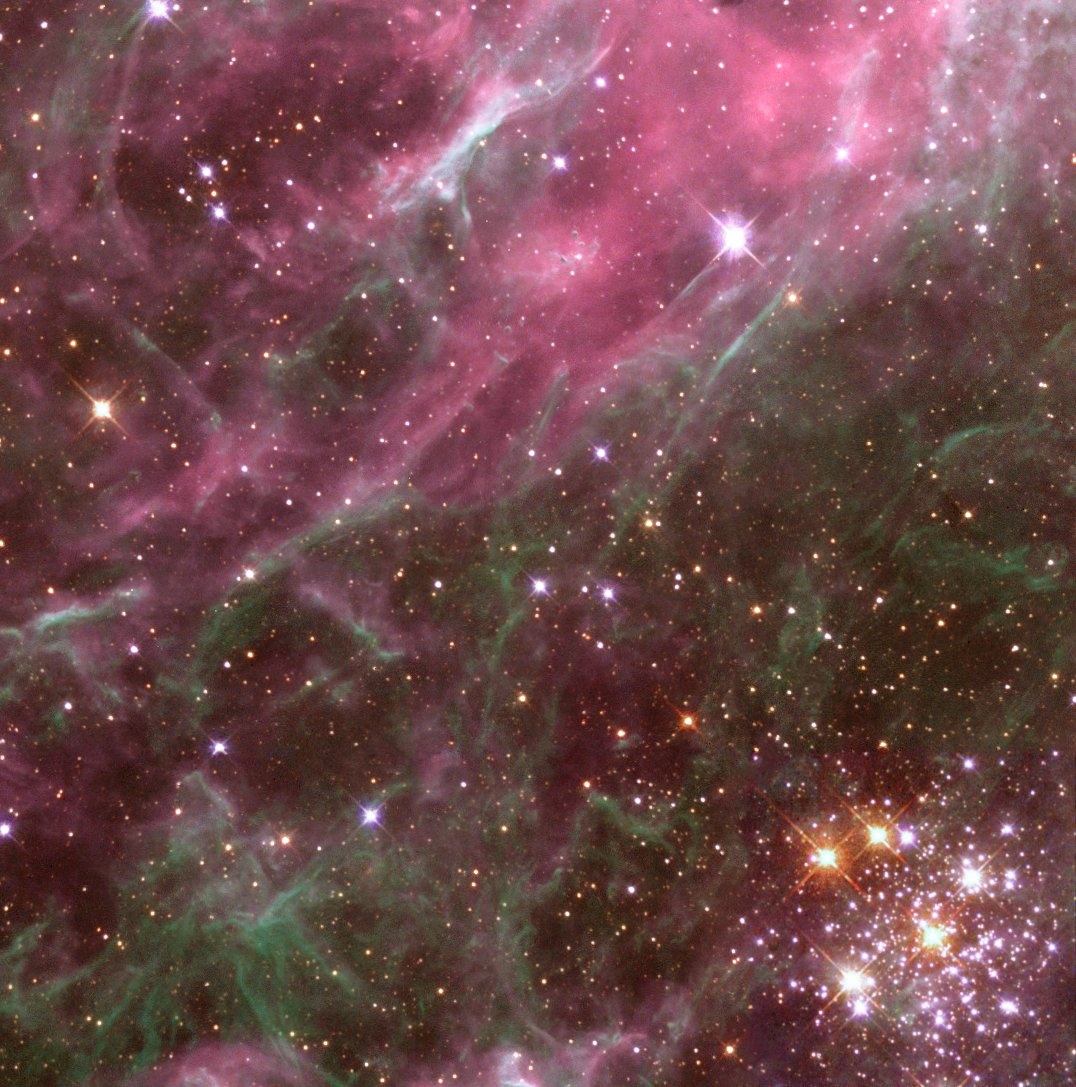Nuclear star gazing
Calculating thermonuclear reaction rates in stars requires detailed information about the cross sections for the relevant reactions. However, the nuclei involved in these reactions are often unstable and thus difficult to produce as a beam or target. While many researchers are actively pursuing new facilities to produce such radioactive beams, in some cases important nuclear physics information can be determined indirectly. In a paper appearing in Physical Review C, Christopher Wrede, now at the University of Washington, and collaborators at Yale University and TRIUMF in Vancouver, Canada, determine the reaction rate for proton capture by that leads to and a photon [the reaction is represented symbolically by ]. They do this by measuring the detailed level structure in using reactions with stable nuclear targets, even though itself is unstable.
The reaction is crucial to understanding nucleosynthesis in certain explosive environments such as novae, Type I x-ray bursts, and Type II supernovae. The authors use reactions involving stable and targets—in particular the , , and reactions—to extract resonance energies, spins, and proton branching ratios, which yield new information on the reaction in the temperature range between ten million and ten billion degrees. They compare the measurements to nuclear statistical model calculations. Generally, statistical models are not useful for studying lighter nuclear systems where the level density is low, but the good agreement with Wrede et al.’s results suggest that the nuclear statistical model can be used for some lighter systems. – Brad Filippone





